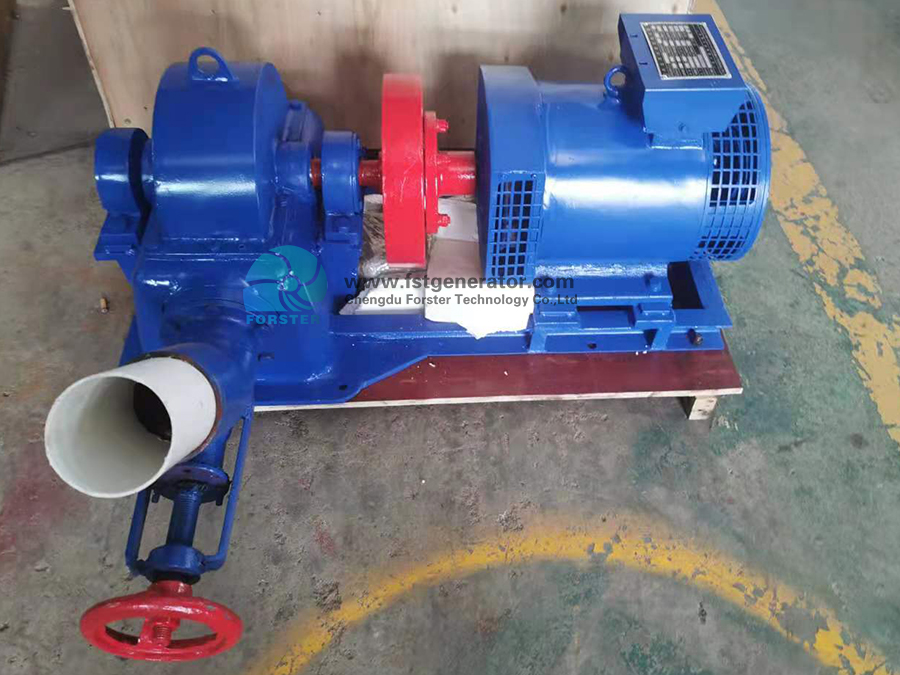Electricity is the main energy obtained by human beings, and the motor is to convert electric energy into mechanical energy, which makes a new breakthrough in the utilization of electric energy. Nowadays, motor has been a common mechanical device in people’s production and work. With the development of motor, there are different kinds of motors according to applicable occasions and performance. Today we will introduce the classification of motors.
1. Classification by working power supply
According to the different working power supply of motor, it can be divided into DC motor and AC motor. AC motor is also divided into single-phase motor and three-phase motor.
2. Classification according to structure and working principle
According to the structure and working principle, the motor can be divided into asynchronous motor and synchronous motor. Synchronous motor can also be divided into electric excitation synchronous motor, permanent magnet synchronous motor, reluctance synchronous motor and hysteresis synchronous motor.
Asynchronous motor can be divided into induction motor and AC commutator motor. Induction motor is divided into three-phase induction motor, single-phase induction motor and shaded pole induction motor. AC commutator motor is divided into single-phase series excitation motor, AC / DC dual-purpose motor and repulsion motor.
According to the structure and working principle, DC motor can be divided into brushless DC motor and brushless DC motor. Brushless DC motor can be divided into electromagnetic DC motor and permanent magnet DC motor. Among them, electromagnetic DC motor is divided into series excitation DC motor, parallel excitation DC motor, separate excitation DC motor and compound excitation DC motor; Permanent magnet DC motor is divided into rare earth permanent magnet DC motor, ferrite permanent magnet DC motor and aluminum nickel cobalt permanent magnet DC motor.
Motor can be divided into drive motor and control motor according to its function; According to the type of electric energy, it is divided into DC motor and AC motor; According to the relationship between motor speed and power frequency, it can be divided into synchronous motor and asynchronous motor; According to the number of power phases, it can be divided into single-phase motor and three-phase motor. In the next article, we will continue to introduce the classification of motors.
With the gradual expansion of the application scope of motors, in order to adapt to more occasions and working environment, motors have also developed a wide variety of types to apply to the working environment. In order to be suitable for different working occasions, motors have special designs in design, structure, operation mode, speed, materials and so on. In this article, we will continue to introduce the classification of motors.
1. Classification by start-up and operation mode
According to the starting and operation mode, the motor can be divided into capacitor starting motor, capacitor starting operation motor and split phase motor.
2. Classification by use
The motor can be divided into driving motor and control motor according to its purpose.
Drive motors are divided into motors for electric tools (including drilling, polishing, polishing, slotting, cutting, reaming and other tools), motors for household appliances (including washing machines, electric fans, refrigerators, air conditioners, tape recorders, video recorders, DVD players, vacuum cleaners, cameras, hair dryers, electric shavers, etc.) and other general small mechanical equipment (including various small machine tools Motors for small machinery, medical instruments, electronic instruments, etc. motors for control are divided into stepping motors and servo motors.
3. Classification by rotor structure
According to the rotor structure, the motor can be divided into cage induction motor (formerly known as squirrel cage induction motor) and wound rotor induction motor (formerly known as wound induction motor).
4. Classification by operating speed
According to the running speed, the motor can be divided into high-speed motor, low-speed motor, constant speed motor and speed regulating motor. Low speed motors are divided into gear reduction motors, electromagnetic reduction motors, torque motors and claw pole synchronous motors. Speed regulating motors can be divided into step constant speed motors, stepless constant speed motors, step variable speed motors and stepless variable speed motors, as well as electromagnetic speed regulating motors, DC speed regulating motors, PWM Variable Frequency Speed Regulating motors and switched reluctance speed regulating motors
These are the corresponding classifications of motors. As a common mechanical device for human work and production, the application field of motor is becoming more and more extensive and extreme. In order to apply to various occasions, various new types of motors have been developed, such as high temperature servo motors. In the future, it is believed that the motor will have a larger market.
Post time: Sep-08-2021

